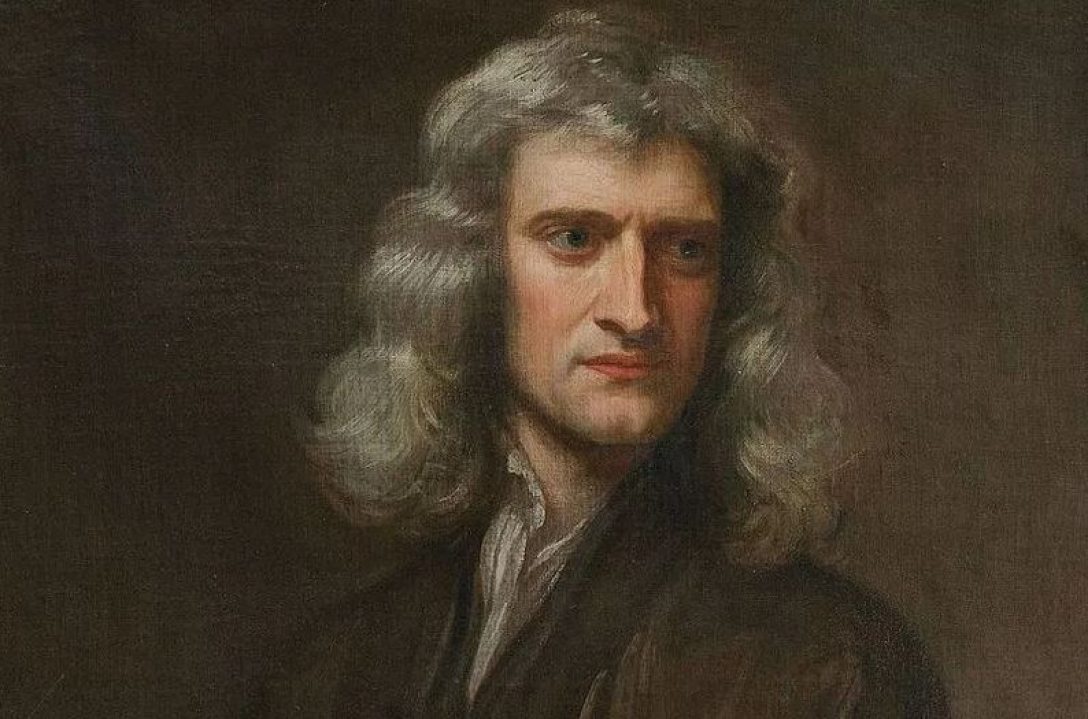For nearly 300 years, we misinterpreted the fundamental law of physics. What have scientists discovered?
The renowned scientist Isaac Newton recorded his three well-known laws in Latin in 1687. These Newton's laws, which are among the most significant in modern physics, describe the motion of any objects in the universe. Thanks to Newton's laws, which have been translated into many languages, scientists gained an understanding of fundamental principles of physics. However, the authors of an article published in the journal Philosophy of Science believe that for over 300 years we have slightly misunderstood the original formulation of Newton's first law, as reported by ScienceAlert.
Newton's first law, or the law of inertia, in modern interpretation states that in inertial reference frames, material points remain at rest or move in a straight line unless acted upon by external forces.
However, the authors of the article discovered that Newton's first law was translated from Latin to English in 1729 incorrectly. The researchers point out that, based on this translation, scientists understood the law of inertia to mean that an object will continue to move in a straight line or remain at rest unless external forces are applied. This description works well until it becomes clear that external forces are constantly acting on the object. The scientists suggest that this is likely what Newton considered when formulating his first law of motion.
The researchers examined scientific archives and found that the incorrect formulation of Newton's first law persisted for hundreds of years. Only 26 years ago, a group of scientists discovered that one of the Latin words was translated as "if" instead of "since." Thus, in Newton's formulation, part of his law read as "since no external forces are acting upon them."

According to the authors of the article, Newton did not imply that an object retains its momentum until acted upon by external forces. Instead, the physicist meant that any change in an object's momentum, such as its push, turn, or fall, occurs due to the influence of external forces.
Scientists argue that the correct interpretation of the law of inertia restores the original meaning of one of the main laws of physics. However, this correction of Newton's law translation has not gained widespread acceptance. Some scientists believe that it is hardly worth debating something that does not alter the fundamental position of Newton's first law.
The authors of the article state that the truly corrected formulation of Newton's law does not change the principles of modern physics, but it reveals the thought process of the famous scientist. A more thorough study of Newton's scientific works shows the reasons behind his creation of the laws of motion.
Based on the currently accepted translation of Newton's first law, which states that objects move in straight lines until external forces act upon them, an important question arises. Why did Newton create a law regarding objects that are not acted upon by external forces if such a scenario does not exist in the universe? Objects are always influenced by something, such as gravity and friction. For instance, George Smith, an expert on Newton's scientific works, believes that the essence of Newton's first law is that the scientist concluded the existence of external forces.
The authors of the article suggest that the best illustration of Newton's first law, according to examples from the most famous physicist, is a common spinning top. This object slows down due to friction with the air. Newton demonstrated how the first law of motion, in his understanding, applies to accelerating objects acted upon by external forces, meaning it can be applied to objects in the real world.

Scientists believe that the modified formulation of Newton's first law reveals one of the most fundamental ideas of the physicist, which was revolutionary in the 17th century. That is, planets, stars, and other cosmic objects are governed by the same physical laws as objects on Earth.